Hello, fellow bird enthusiasts!
Today, I am thrilled to delve into the captivating world of avian beauty as we explore the fascinating realm of blue birds.
From their mesmerizing plumage to their enchanting songs, these winged wonders have captured the hearts of bird lovers worldwide.
In this article, we will embark on an exciting journey to discover 19 types of blue birds, each with its unique characteristics and allure.
So, let’s spread our wings and embark on this colorful adventure together!
| Image | Bird | Features | Price |
|---|---|---|---|
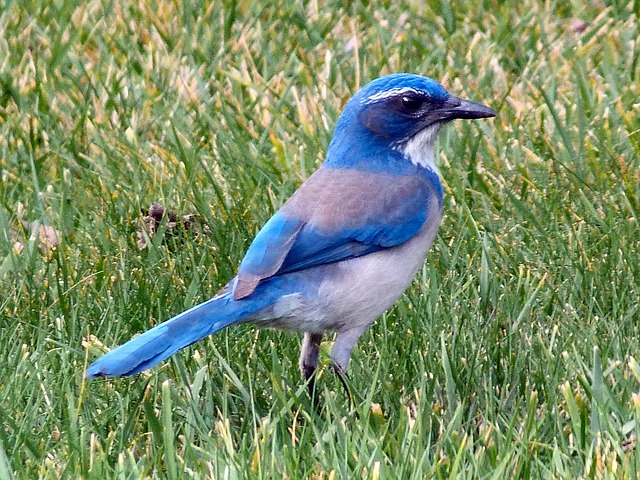 |
| 9.7 | Check Price |
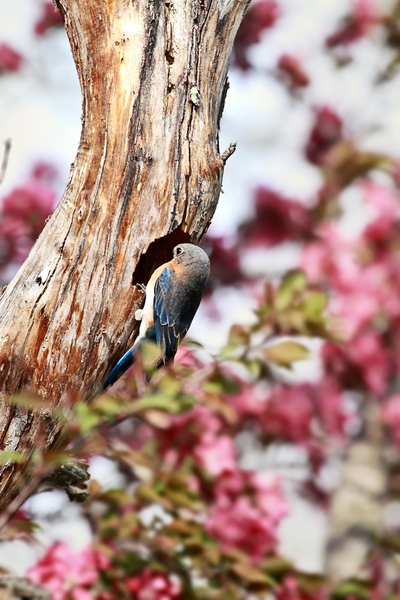 |
| 9.5 | Check Price |
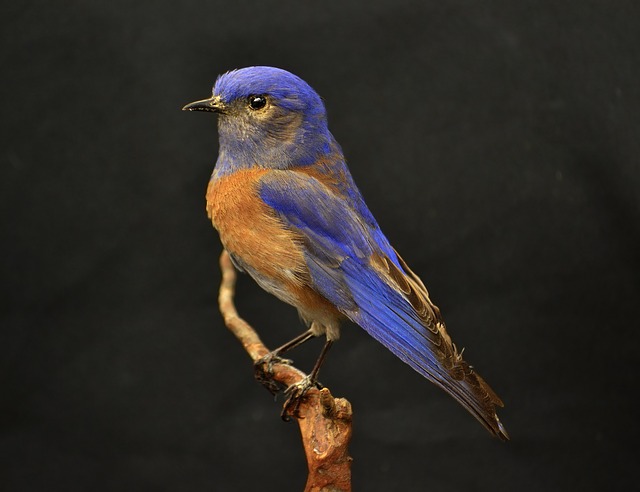 |
| 9.1 | Check Price |
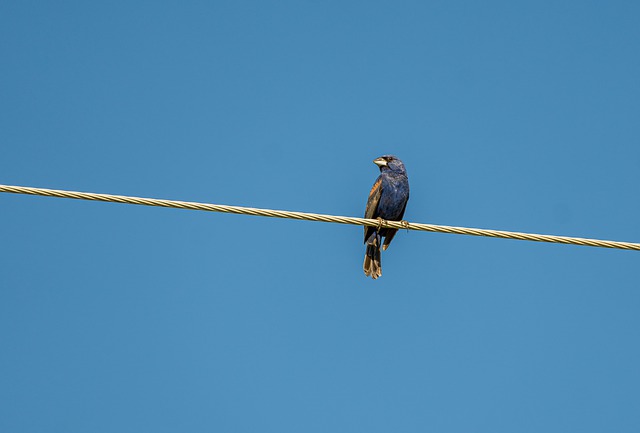 |
| 8.8 | Check Price |
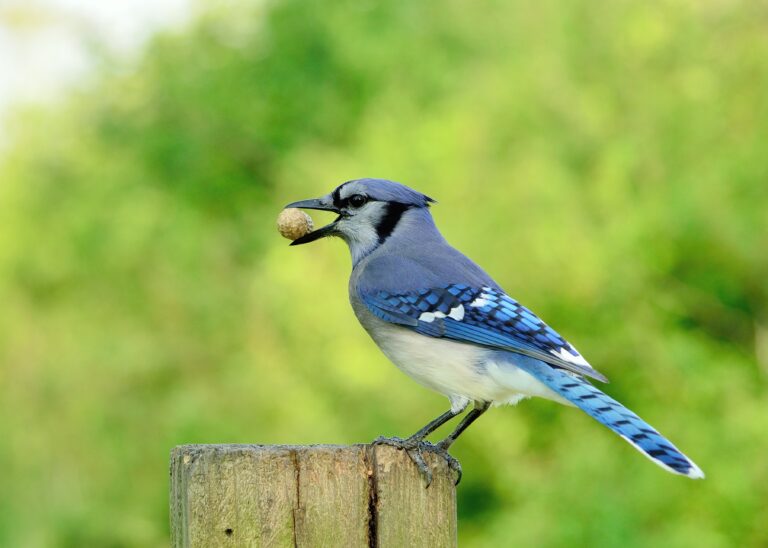 |
| 8.6 | Check Price |
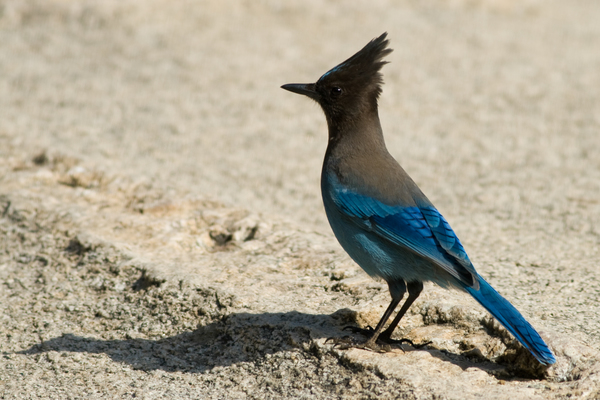 |
| 8.2 | Check Price |
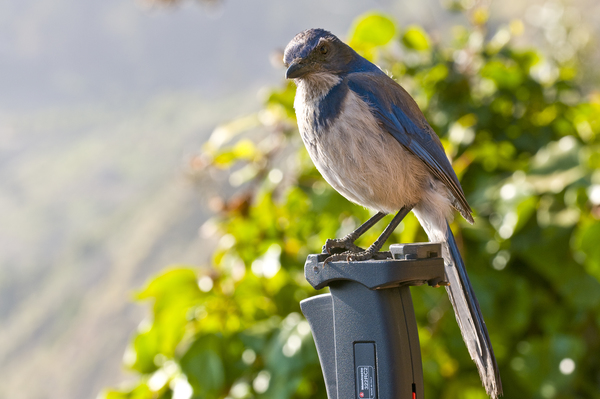 |
| 8 | Check Price |
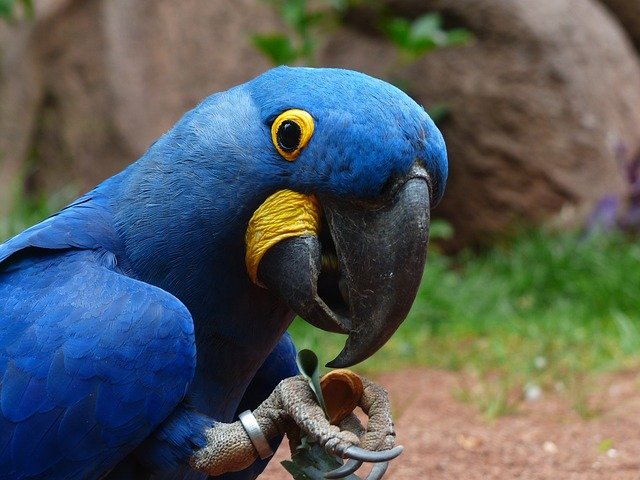 |
| 7.7 | Check Price |
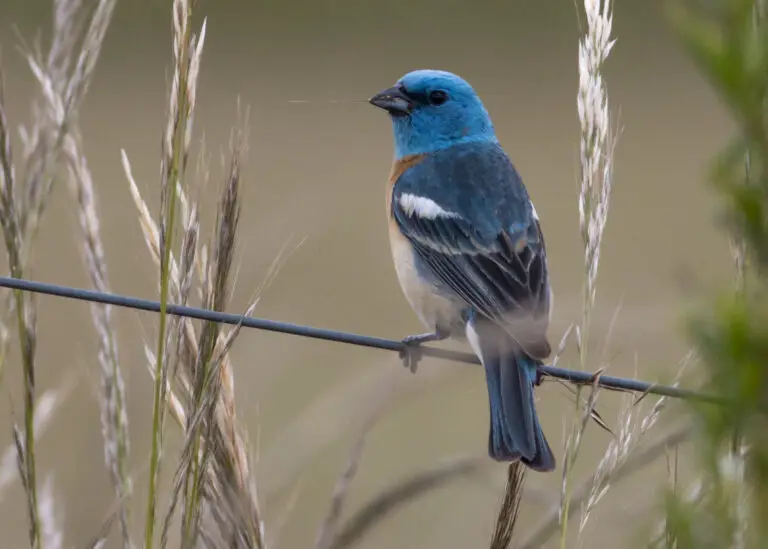 |
| 7.4 | Check Price |
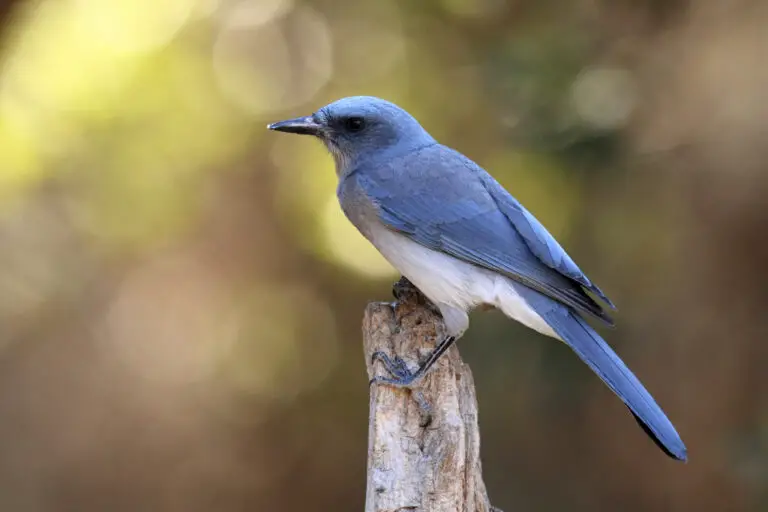 |
| 7.2 | Check Price |
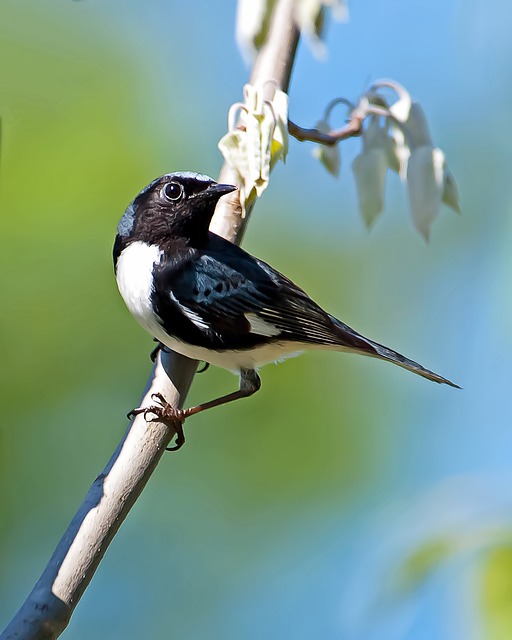 |
| 9.5 | Check Price |
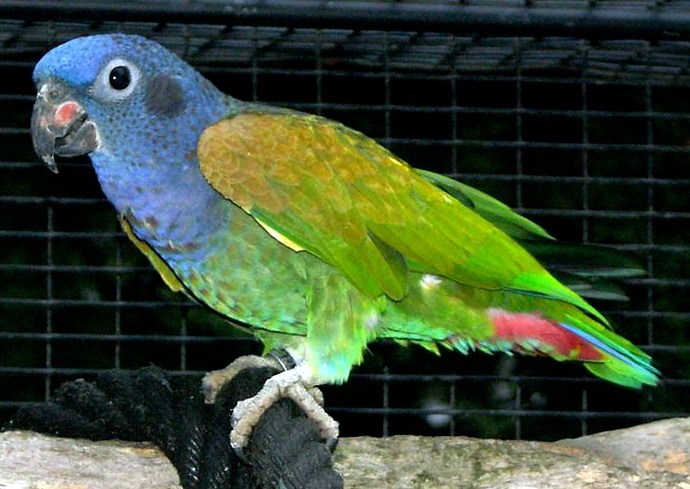 |
| 9.5 | Check Price |
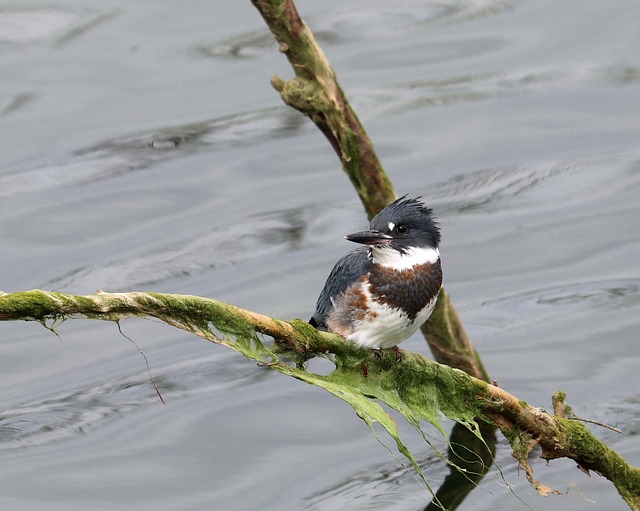 |
| 9.5 | Check Price |
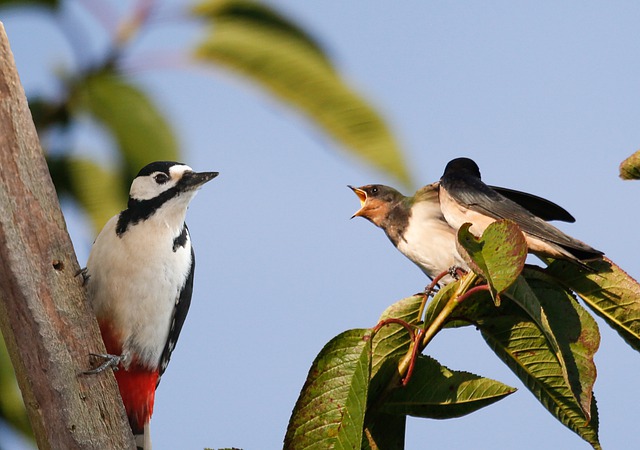 |
| 9.5 | Check Price |
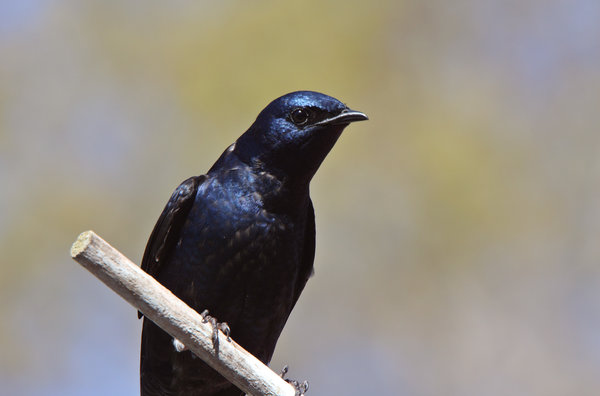 |
| 9.5 | Check Price |
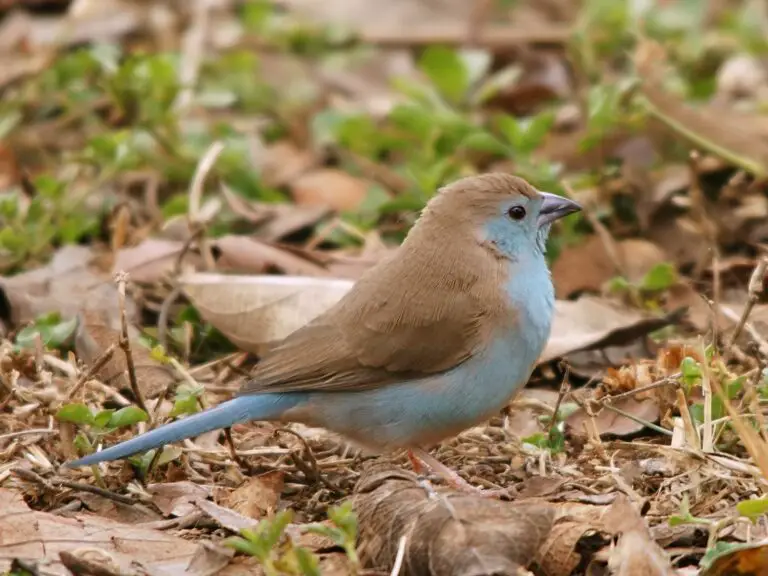 |
| 9.5 | Check Price |
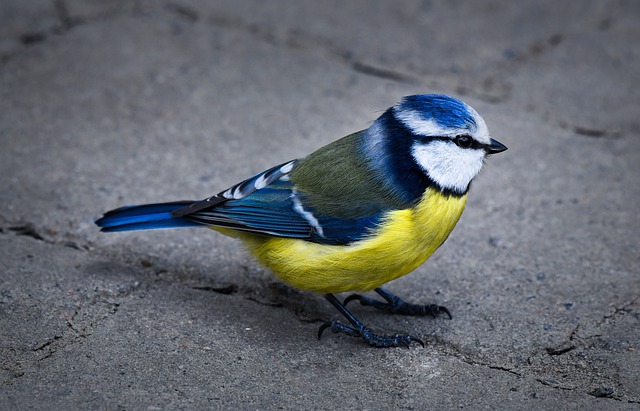 |
| 9.5 | Check Price |
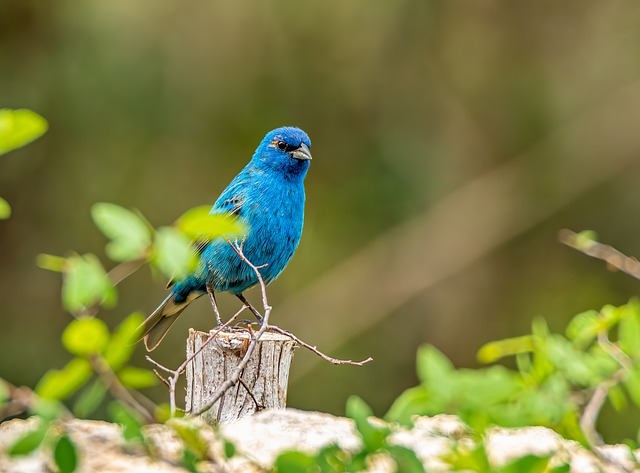 |
| 9.5 | Check Price |
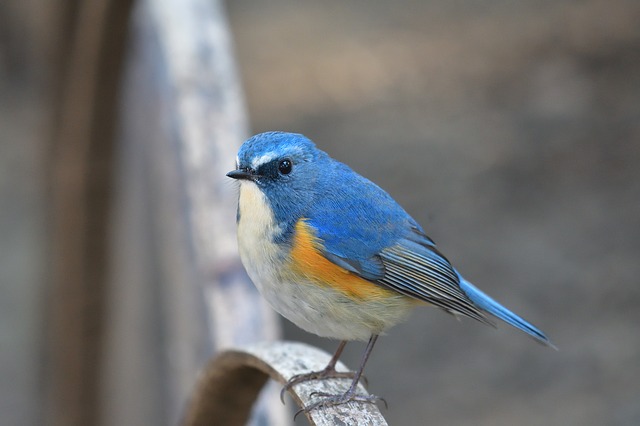 |
| 9.5 | Check Price |
If you don’t have the time to read the whole article, check out this video on 19 Types of Blue Birds for a quick understanding.
Types of Blue Birds
1. Mountain Bluebird

Mountain Bluebirds are migratory thrush birds that are endemic to North America.
The plumage of this bird has a lovely blue color.
Its plumage, in addition to being blue, is also white.
Mountain bluebirds have blue heads, backs, and wings, which fade into white as they get closer to the belly.
Aside from that, the bird is completely blue.
Males and females are about identical in size, but their colors differ; females have more blue tones in their plumage.
Males have solely blue and white plumage, while females possess dull green and a grey-blue blend of feather hues.
Below are the characteristics of the Mountain Bluebird,
| Scientific Name | Sialia currucoides |
| Family Name | Turdidae |
| Length | 17-20 cm |
| Weight | 30-40 grams |
| Wingspan | 33-39 cm |
| Habitat | Open grasslands, mountain meadows, and fields |
| Food | Insects, spiders, berries, fruits, and seeds |
2. Eastern Bluebird

The Eastern Bluebird is a stunning blue-colored bird that is endemic to the North American continent.
This bird may be found in woodlands, marshes, and fields, but it can also be found in orchards and gardens in a variety of locations.
The upper section of the eastern bluebird’s plumage is blue, which fades to white and brown.
When compared to female Eastern Bluebirds, males have more colorful plumage.
Males have more vibrant hues, whereas females possess duller and lighter colors.
The male and female Eastern Bluebirds are simple to see and identify because of this.
The bird’s wings, head, neck, and back are blue, while its belly is white as well as the feathers beneath its wings are brown.
Below are the characteristics of the Eastern Bluebird,
| Scientific Name | Sialia sialis |
| Family Name | Turdidae |
| Length | 16-21 cm |
| Weight | 28-34 grams |
| Wingspan | 25-32 cm |
| Habitat | Open woodlands, orchards, parks, and suburban areas |
| Food | Insects, spiders, berries, fruits, and seeds |
3. Western Bluebird

The Western Bluebird is a tiny bird in the thrush family of North America.
The western blue plumage is blue, brown, & black in hue.
The bird’s head, wings, and back are all blue, fading into brown in the wings and white at the belly.
A couple of the feathers on the wings are also black and brown in hue.
In terms of plumage hues, they are also distinct from one another.
The males’ plumage has brighter color schemes, but the females’ plumage has duller hues.
The plumage of young western bluebirds is similarly duller in the winter.
In the beginning, young western bluebirds have duller colors in their plumage and resemble the female.
Below are the characteristics of the Western Bluebird,
| Scientific Name | Sialia mexicana |
| Family Name | Turdidae |
| Length | 15-17 cm |
| Weight | 28-32 grams |
| Wingspan | 28-34 cm |
| Habitat | Open woodlands, meadows, grasslands, and shrubby areas |
| Food | Insects, spiders, berries, fruits, and seeds |
4. Blue Grosbeak

The Blue Grosbeak is a medium-sized bird in the Cardinalidae group of North American birds.
This bird’s plumage is a magnificent mix of blue, brown, black, and white.
The blue hue stands out more on the rear of the bird, as well as in the wings and the head or neck ring.
The brown and black hues are irregularly spread throughout the bird’s plumage, particularly the wings and tail.
Instead of blue, the female Blue Grosbeak possesses brownish plumage.
That is why girls differ from males in appearance.
The tails and wings of females are both blacks in hue.
Both male & female blue grosbeaks have a white belly.
Below are the characteristics of the Blue Grosbeak,
| Scientific Name | Passerina caerulea |
| Family Name | Cardinalidae |
| Length | 16-18 cm |
| Weight | 28-34 grams |
| Wingspan | 26-30 cm |
| Habitat | Open woodlands, brushy areas, and edges of fields |
| Food | Insects, spiders, seeds, grains, and berries |
5. Blue Jay
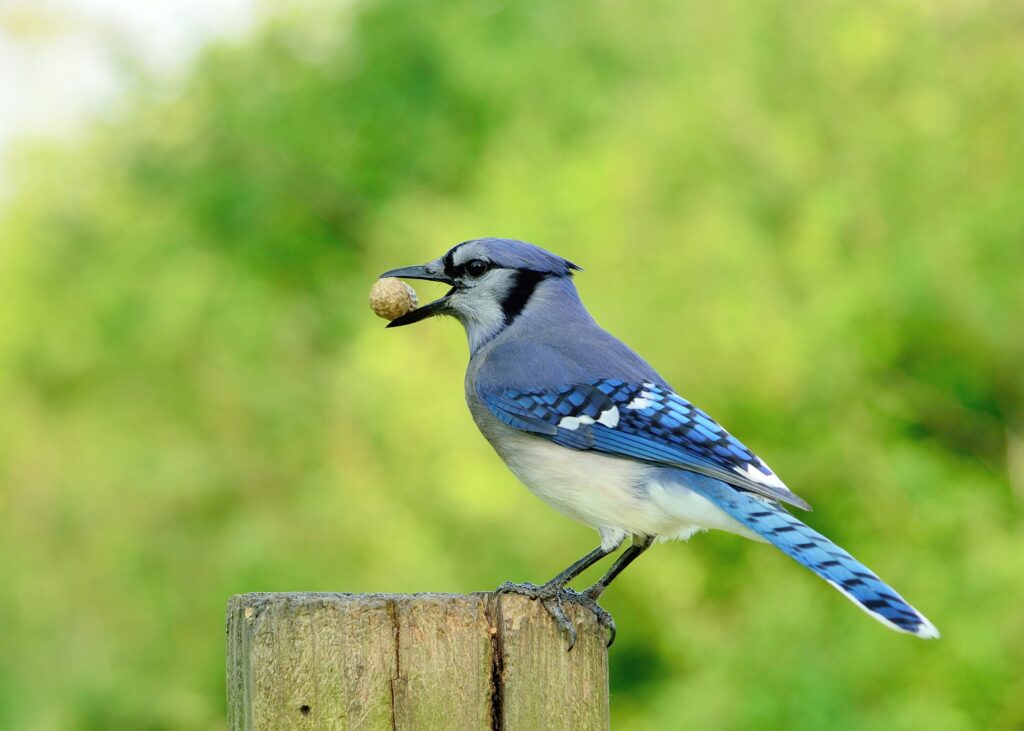
This bird is also found in North America, primarily in the coldest areas.
Its entire body is covered in a beautiful blue, black, with white-gray feathers.
The bird’s blue hue may be observed on its chest, rear, wings, and tail, among other places.
It features a black ring around the neck, as well as black & white lines running through its wings and tail.
It has a grayish-white belly. Males and females are diametrically opposed.
The female blue jay’s plumage is lighter, and the colors are duller.
Females have a shorter body & wingspan than males.
They’re also lighter.
The female blue jays have a similar appearance to the younger blue jays.
Below are the characteristics of the Blue Jay,
| Scientific Name | Cyanocitta cristata |
| Family Name | Corvidae |
| Length | 22-30 cm |
| Weight | 70-100 grams |
| Wingspan | 34-43 cm |
| Habitat | Forests, woodlands, parks, and suburban areas |
| Food | Seeds, nuts, fruits, insects, small vertebrates, and occasionally eggs and nestlings |
6. Steller’s Jay

The Jay family includes Steller’s Jay, which is a little bird.
The farmlands, marshlands, and forests of North America are home to this bird.
The blue hue is the most conspicuous in Steller’s Jaybird’s plumage, which is stunning and multicolored.
Above their heads is a lovely blackish-blue crest.
The hue fades from blackish-blue to true blue.
Also blue are the bird’s wings and tail.
The Steller’s jay has a blue underbelly.
Female Steller’s Jays have a softer body color and paler, duller plumage than males.
In the early days, juvenile Steller’s Jaybirds were identical to females, but as they grew older, they began to choose colors based on their sexes.
Below are the characteristics of the Steller’s Jay,
| Scientific Name | Cyanocitta stelleri |
| Family Name | Corvidae |
| Length | 30-34 cm |
| Weight | 100-140 grams |
| Wingspan | 41-46 cm |
| Habitat | Coniferous forests, mixed woodlands, and mountainous regions |
| Food | Seeds, nuts, fruits, insects, small vertebrates, and occasionally eggs and nestlings |
7. California Scrub-Jay

The California Scrub-Jay is a tiny North American bird belonging to the Corvidae family.
This lovely bird’s plumage is similarly blue in hue.
Its plumage includes white, black & grey colors in addition to blue.
The head, rear of the neck, wings, and tail feathers are all blue in hue.
Whereas the belly and in-ring formation all around the neck is white, the exterior of the ring is black, as are a few wing feathers and the majority of the tail feathers.
In terms of color, weight, and size, females differ from men.
In comparison to male California Scrub-Jays, females are smaller and weigh less.
This distinct variation makes it simple to differentiate between the two birds.
Below are the characteristics of the California Scrub-Jay,
| Scientific Name | Aphelocoma californica |
| Family Name | Corvidae |
| Length | 28-33 cm |
| Weight | 85-100 grams |
| Wingspan | 39-42 cm |
| Habitat | Chaparral, oak woodlands, gardens, and suburban areas |
| Food | Seeds, nuts, fruits, insects, small vertebrates, and occasionally eggs and nestlings |
8. Hyacinth Macaw

The Hyacinth Macaw is a parrot-like bird that is endemic to Central and South America.
The Hyacinth Macaw population is declining, which is why they’ve been designated as a vulnerable species.
This parrot’s blue plumage is highlighted by a few yellow feathers as well as a golden ring around the black eyes.
The plumage of some of the species of this group is blackish-blue.
Females and males have nearly identical physical appearances, making it difficult to distinguish them based on looks alone.
The juvenile Hyacinth Macaw is identical to the adults.
They are kidnapped and marketed as pet birds because of their lovely beauty.
As a result, their population has decreased.
Below are the characteristics of the Hyacinth Macaw,
| Scientific Name | Anodorhynchus hyacinthinus |
| Family Name | Psittacidae |
| Length | 100 cm |
| Weight | 1.2-1.7 kg |
| Wingspan | 120-140 cm |
| Habitat | Tropical rainforests, palm swamps, and savannas |
| Food | Nuts, fruits, seeds, and occasionally vegetation and clay minerals |
9. Lazuli Bunting
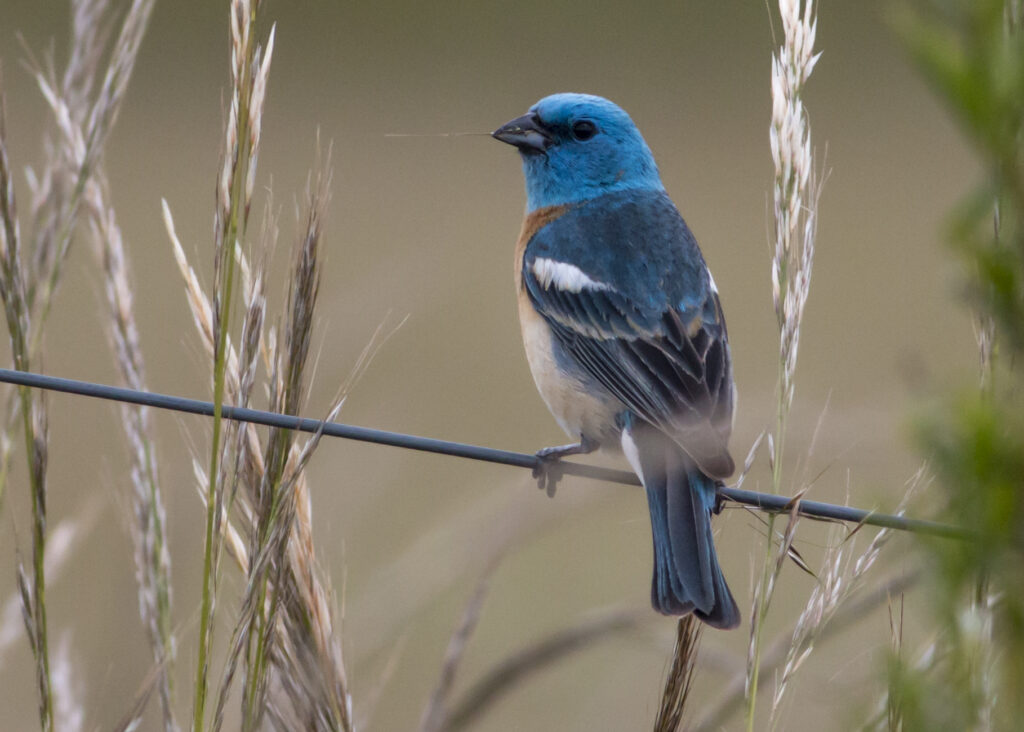
The Lazuli Bunting is a little passerine bird.
These birds get their name from a stunning bluestone.
The Lazuli Bunting bird is endemic to North America, although it may also be found in Southern and Central America.
The Lazuli Bunting’s gorgeous plumage is blue, black, white, or reddish in hue.
Male Lazuli Buntings have a blue forehead, blackish-blue back, as well as a blue tint that extends to the tail.
The tip is blackish, whereas the belly appears white as well as the wings’ undersides are brownish.
Females are mainly brownish-black with a white belly.
Male and female looks are distinct, making it easier to identify between the sexes.
At this age, the babies are also lighter and brownish.
Below are the characteristics of the Lazuli Bunting,
| Scientific Name | Passerina amoena |
| Family Name | Cardinalidae |
| Length | 12-14 cm |
| Weight | 13-20 grams |
| Wingspan | 20-23 cm |
| Habitat | Open woodlands, brushy areas, and edges of forests |
| Food | Insects, spiders, seeds, berries, and occasionally fruits |
10. Mexican Jay
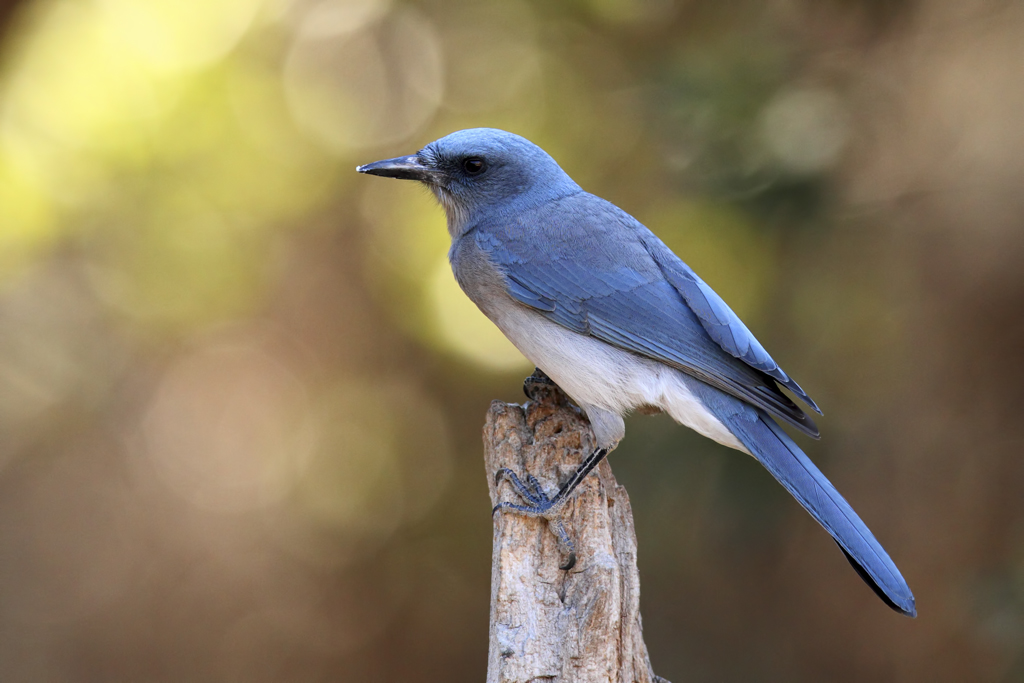
The Mexican Jaybird is a North and Central American medium-sized bird.
It’s a New World Jay, which means it’s a bird from the New World.
This bird’s plumage is a stunning combination of blue, white, and grey.
The gray-breasted jay is another name for this bird.
The upper plumage, head, wings, back, and tail of the Mexican jaybird are all blue, whereas the breasts are grey as well as the belly is white.
Females differ greatly from males in terms of plumage color, body size, or wingspan.
In comparison to male Mexican Jaybirds, females are paler, duller, and shorter.
They may be found throughout the majority of the forests and farmlands that run between North and Central America.
Below are the characteristics of the Mexican Jay,
| Scientific Name | Aphelocoma wollweberi |
| Family Name | Corvidae |
| Length | 25-30 cm |
| Weight | 70-85 grams |
| Wingspan | 38-41 cm |
| Habitat | Pine-oak forests, canyons, and woodlands in Mexico and the southwestern United States |
| Food | Insects, seeds, fruits, acorns, nuts, and occasionally small vertebrates |
11. Black-Throated Blue Warbler

The Black-throated Blue Warbler belongs to the New Generation Warbler family and is a tiny bird.
This bird is a North American native.
The Black-throated Blue Warbler has a black throat, as its name indicates.
It has a colorful plumage that includes black, white, and blue hues.
This bird has a blue back, head, and wings, with blackish wings and tail borders and a few tiny white dots.
The belly of the Black-throated Blue Warbler is white.
Females are often smaller and have a smaller wingspan than males.
Female plumage is likewise varied in color; ladies’ plumage is lighter and duller, whilst males’ plumage has brighter colors.
Below are the characteristics of the Black-Throated Blue Warbler,
| Scientific Name | Setophaga caerulescens |
| Family Name | Parulidae |
| Length | 12-14 cm |
| Weight | 9-12 grams |
| Wingspan | 19-23 cm |
| Habitat | Deciduous and mixed forests, especially with dense undergrowth |
| Food | Insects, spiders, berries, fruits, and occasionally nectar |
12. Blue-Headed Pionus

The North American parrot bird family includes the Blue-headed Pionus.
The plumage of this parrot bird is stunning, with shades of green, blue, and black.
The forehead, collar, and breasts all have a blue tint to them.
Its feathers, head, and belly are all green in hue.
The wings & tail feathers have black and red patterns.
Females are comparable to males in appearance.
These birds are also taken as pets and taught.
Below are the characteristics of the Blue-Headed Pionus,
| Scientific Name | Pionus menstruus |
| Family Name | Psittacidae |
| Length | 27-30 cm |
| Weight | 230-300 grams |
| Wingspan | 44-48 cm |
| Habitat | Tropical rainforests and woodlands of Central and South America |
| Food | Fruits, seeds, nuts, berries, and occasionally vegetation |
13. Belted Kingfisher

The Belted Kingfisher is a big kingfisher species native to North America.
Its plumage is a light blue tint that covers its entire body.
Its feathers also comprise brown, white, or black colors in addition to light blue.
The belted kingfisher’s back, wings, and tail are all a light blue color, with some black & white feathers on the wings.
The tummy is white, with reddish underparts and breasts.
A magnificent crest adorns the head of the Belted Kingfisher.
In comparison to males, females are somewhat shorter, weigh less, and have duller plumage.
Young belted kingfishers have plumage that is identical to that of the female.
They prefer to dwell near bodies of water because they hunt and consume fish.
Below are the characteristics of the Belted Kingfisher,
| Scientific Name | Megaceryle alcyon |
| Family Name | Alcedinidae |
| Length | 28-35 cm |
| Weight | 113-178 grams |
| Wingspan | 48-58 cm |
| Habitat | Rivers, streams, lakes, ponds, and coastal areas |
| Food | Fish, insects, crustaceans, amphibians, and occasionally small mammals |
14. Tree Swallow

The Tree Swallow is a tiny North American bird with blue, black, and white coloring.
The Tree Swallow is one of the most appealing birds on our list due to its charming look.
It has a lovely blue back that gradually fades into black as it gets closer to the wings.
The Tree swallow has white breasts and a white belly.
Male Tree Swallows are brightly colored, whilst females and juvenile Tree Swallows are duller.
Females have a smaller body size and weight, as well as a shorter wingspan.
Below are the characteristics of the Tree Swallow,
| Scientific Name | Tachycineta bicolor |
| Family Name | Hirundinidae |
| Length | 13-15 cm |
| Weight | 14-28 grams |
| Wingspan | 28-33 cm |
| Habitat | Open woodlands, meadows, wetlands, and near bodies of water |
| Food | Insects, spiders, small flying invertebrates |
15. Purple Martin

One of the biggest swallow birds in North America is the Purple Martin.
This bird’s plumage is purple-blue and covers its entire body.
This bird resembles a blackbird in appearance, but its plumage is bluish-purple rather than black.
It has lovely blue and black markings on its back, as well as around its breasts and tummy.
Females are somewhat duller, bluer, and brown in hue than males.
Females’ bellies are likewise gray-brown rather than purple.
These birds consume a variety of insects, but they also come to the bird feeders for food.
Below are the characteristics of the Purple Martin,
| Scientific Name | Progne subis |
| Family Name | Hirundinidae |
| Length | 19-20 cm |
| Weight | 45-60 grams |
| Wingspan | 39-42 cm |
| Habitat | Open habitats, including fields, meadows, and near water bodies |
| Food | Insects, including beetles, dragonflies, and mosquitoes |
16. Blue Waxbill

The Blue Waxbill belongs to the Estrildidae family of birds and is a tiny bird.
This bird is endemic to North America’s southern regions.
The underparts and breasts of the blue waxbill are blue, while the back has a gorgeous brown tint.
Their stomachs are a similar shade of brown.
These birds’ tail feathers have a similar shade of blue.
Females and males look the same, with the difference that females are slightly shorter and weigh less.
Males have a darker brown coloration, and females have lighter brown coloration.
These birds eat grass seeds and insects as well as bugs.
Below are the characteristics of the Blue Waxbill,
| Scientific Name | Uraeginthus angolensis |
| Family Name | Estrildidae |
| Length | 10-12 cm |
| Weight | 8-12 grams |
| Wingspan | 15-17 cm |
| Habitat | Grasslands, savannas, and scrublands in sub-Saharan Africa |
| Food | Grass seeds, millet, small seeds, and insects |
17. Eurasian Blue

The Eurasian Blue Tit is a little tit that belongs to the tit family of birds.
This bird may be found in North American fields and woodlands.
The plumage of the Eurasian Blue Tit is magnificent, with colors of blue and grey.
Its head and face & body, including its wings & tail, are all blue.
By breaking the blue color spread, the olive-gray feathers contribute to its charm.
White belly and breasts, with a few black feathers all around the neck in the wings, define the Eurasian Blue Tit.
Males have brighter colors and greater size than females, who are somewhat duller.
These birds like to dwell near human settlements because it gives them easier exposure to food and water.
Below are the characteristics of the Eurasian Blue,
| Scientific Name | Uraeginthus angolensis |
| Family Name | Estrildidae |
| Length | 10-12 cm |
| Weight | 8-12 grams |
| Wingspan | 15-17 cm |
| Habitat | Grasslands, savannas, and scrublands in sub-Saharan Africa |
| Food | Grass seeds, millet, small seeds, and insects |
18. Indigo Bunting

The Indigo Bunting is a little seed-eating passerine bird that is found in North American forests and wetlands.
This bird appears to be totally blue in hue.
Only a few feathers on their wings, eyes, and a few feathers on their tail are black; the rest of the bird is blue.
The indigo bunting’s head is indigo in hue.
The sizes and weights of the male and females are comparable, but the colors are different.
The male and female indigo buntings have significantly distinct appearances, with the females having a brownish, black appearance rather than the classic blue appearance of the indigo bunting.
Young indigo buntings exhibit a variety of plumage hues, including blue, indigo, and brown.
Below are the characteristics of the Indigo Bunting,
| Scientific Name | Passerina cyanea |
| Family Name | Cardinalidae |
| Length | 12-14 cm |
| Weight | 11-18 grams |
| Wingspan | 20-23 cm |
| Habitat | Open woodlands, brushy areas, and edges of forests |
| Food | Seeds, grains, insects, and berries |
19. Red-Flanked Bluetail

The Red-flanked Bluetail is a small bird that belongs to the Muscicapidae family.
The bird’s flanks are reddish or orange, and its tail is blue.
It has a variety of hues in its feathers, including black, orange, and gray-white.
Females’ plumage is duller, while males’ plumage is brighter.
The back, head, wings, and tail of males are all vivid blue.
The black, white, & grey hues are distributed irregularly over the plumage.
The belly is gray-white, whereas the wings’ tips are black.
Below are the characteristics of the Red-Flanked Bluetail,
| Scientific Name | Tarsiger cyanurus |
| Family Name | Muscicapidae |
| Length | 13-15 cm |
| Weight | 10-14 grams |
| Wingspan | 20-25 cm |
| Habitat | Coniferous forests, mixed woodlands, and mountainous regions |
| Food | Insects, spiders, small invertebrates, and occasionally fruits and berries |
Check out this article on the Types of Blue Birds in California.
Tips for Attracting Blue Birds
Blue Birds are attractive, so it’s understandable why people want to attract them.
We provide simple instructions on how to lure bluebirds.
Who wouldn’t want to welcome these beauties into the garden with their stunning colors, melodious vocals, and gentle habits?
It takes effort and cares to attract bluebirds.
Follow these guidelines to gain professional responses to frequently asked questions about how to attract bluebirds.
- It should be opened. Bluebirds enjoy open regions with low grass or perches to hunt insects from.
- Allow it to be. Bluebirds and a variety of other cavity-nesting birds depend on dead trees for nesting and roosting. When it’s safe to do so, leave dead trees standing.
- Simply add water. A basic birdbath is frequently sufficient, but bluebirds prefer flowing water, so even a little fountain, as well as a dripper, will entice them to your water feature. In any season, a source of pure, unfrozen water is appreciated.
- Make a chemical-free choice. A bluebird’s diet consists primarily of insects gathered from the ground between spring and October. For birds that eat this way, pesticides, as well as other lawn pesticides, are harmful.
- Nestlings that have just fledged are especially vulnerable, so be a nice bird owner and keep the cats inside.
- Feed mealworms to your birds. Although feeding live mealworms might be difficult, bluebirds find them attractive. To attract bluebirds, you may even make your own mealworm feeder.
What Happens to Blue Birds during the Winter?
Many areas miss bluebirds in the winter, and it’s easy to believe that they’ve all gone south, but this isn’t always the case.
They may, however, migrate to open forests or juniper groves in small flocks, where natural fruits and berries will keep them nourished over the winter.
Small groups of birds may sleep together in tree holes or other shelters throughout the winter.
This is one reason to think about putting your nest boxes up over the winter; enticing bluebirds may be achievable even in the dead of winter.
Are Blue Birds on the Verge of Extinction?
Human conduct has a direct impact on bluebird habitats.
The species was in a significant decline in the early twentieth century due to habitat degradation and competition for nesting cavities with more hostile house sparrows and European starlings.
When animal lovers learned these creatures were in danger, people rallied to their aid.
Building nest boxes for birds had become a popular pastime, and the population of the species began to recover.
Blue bird populations have stabilized, and with our continuous assistance, there’s no reason they won’t continue to adorn our lives for centuries to come.
Conclusion
In conclusion, our exploration of the 19 types of blue birds has revealed a stunning array of species, each possessing its own charm and significance in the avian world.
From the vibrant Blue Jay to the elusive Mountain Bluebird, these winged creatures have captivated our imagination and reminded us of the immense beauty that nature has to offer.
Whether you’re an avid birdwatcher or simply appreciate the wonders of the natural world, blue birds provide a source of inspiration and awe.
So, next time you spot a flash of blue fluttering by, take a moment to appreciate the intricate details and unique qualities of these remarkable creatures.
Let us continue to cherish and protect these magnificent birds, ensuring their presence for generations to come.
May the skies forever be adorned with the splendor of blue birds.
FAQ
Do all blue birds have blue feathers?
While the majority of blue birds do have blue feathers, it’s important to note that not all blue birds are completely blue. Some may have patches of blue, while others may have shades of blue mixed with other colors.
Are blue birds found only in specific regions?
Blue birds can be found in various regions across the world. Different species have specific habitats, such as forests, woodlands, or open grasslands. However, some species have overlapping ranges.
What is the diet of blue birds?
Blue birds have diverse diets. They primarily feed on insects, berries, fruits, seeds, and occasionally small reptiles or amphibians.
Are blue birds known for their songs?
Yes, many blue birds are known for their melodious songs. They use their vocalizations to communicate with other birds and establish territories.
Do blue birds migrate?
Migration patterns vary among different blue bird species. While some species migrate seasonally, others may be resident birds, staying in their habitats year-round.
Are blue birds endangered?
Some blue bird species face conservation concerns, primarily due to habitat loss, pesticide use, and nest predation. Conservation efforts and the installation of nest boxes have been successful in aiding the recovery of certain blue bird populations.
Can blue birds be attracted to backyard gardens?
Yes, blue birds can be attracted to backyard gardens by providing suitable habitats and food sources. Installing nest boxes specifically designed for blue birds and offering appropriate food like mealworms can increase the chances of attracting them.
Last Updated on July 19, 2023 by Lily Aldrin

i recently saw a different bluebird on my deck . It had a blue head, body, and chest with a reddish rust wing. It set long enough for me to get a good look. It was darker blue than an Eastern Bluebird, it was also a little bigger and slimmer bird. I looked through your list and saw nothing like it. Do you know what it could be.